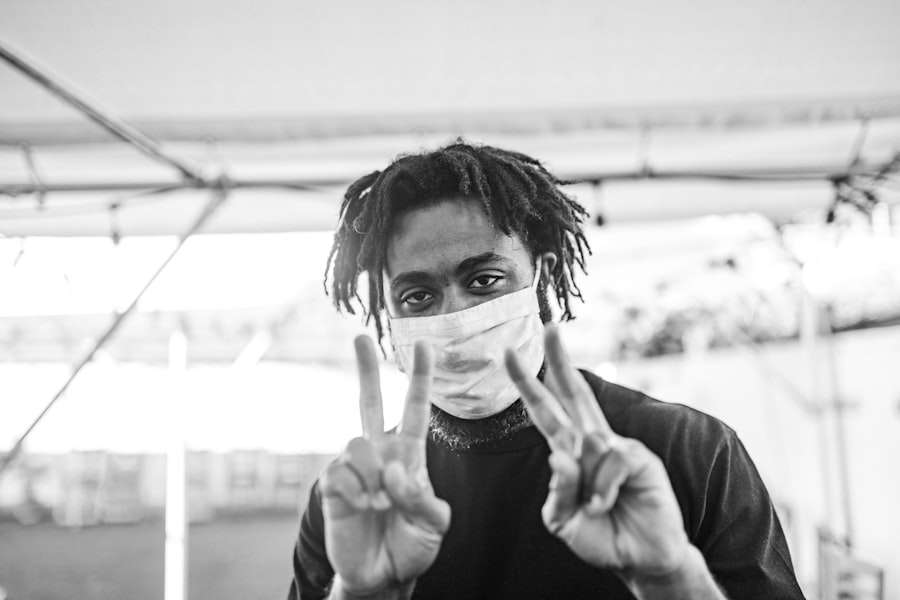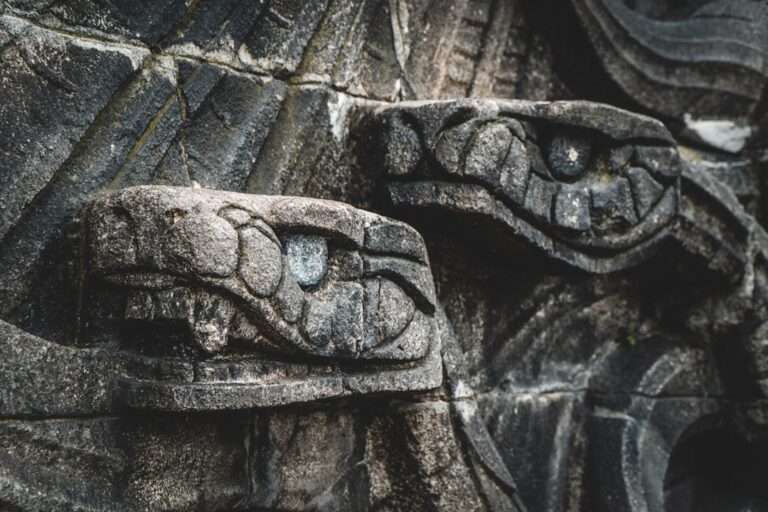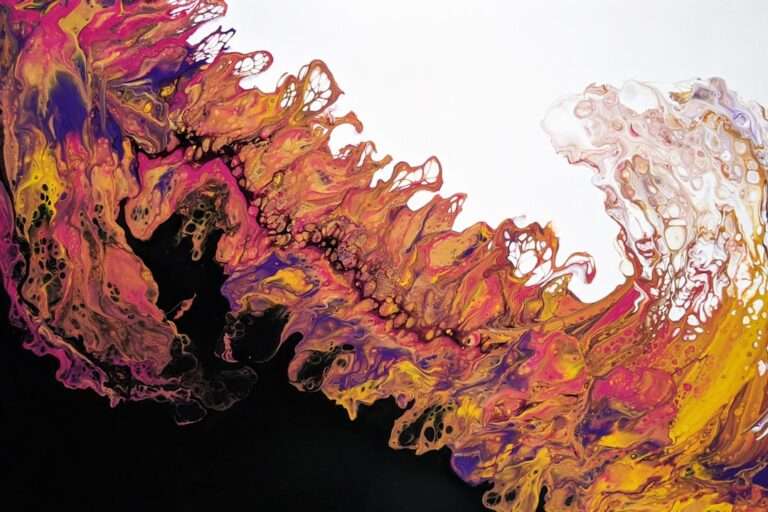What does the crane symbolize in Japanese culture?

The crane occupies a significant position in Japanese culture, representing longevity, fortune, peace, and harmony. This esteemed bird has been prominently featured in Japanese art, literature, folklore, and mythology for many centuries. The crane’s elegant and stately appearance has long fascinated the Japanese people, and its symbolic importance has become deeply embedded in their cultural traditions and belief systems.
The crane’s cultural relevance can be traced to ancient Japanese history and continues to maintain a notable presence in contemporary Japanese society. Its image is frequently used in various aspects of daily life, from decorative arts to ceremonial occasions, reflecting its enduring importance in Japanese cultural identity.
Key Takeaways
- The crane is a significant symbol in Japanese culture, representing longevity, good luck, peace, harmony, love, and fidelity.
- In Japanese culture, the crane is believed to bring good fortune and is associated with longevity due to its fabled lifespan of a thousand years.
- The crane has been a popular motif in Japanese art and literature, often depicted in paintings, poetry, and stories as a symbol of beauty and grace.
- As a symbol of peace and harmony, the crane is often associated with wishes for a peaceful and prosperous future.
- In Japanese folklore and mythology, the crane is revered as a mystical creature with the power to bring happiness and grant wishes.
The Crane as a Symbol of Longevity and Good Luck
The Legend of the Thousand Cranes
According to legend, cranes were said to live for a thousand years, and it was believed that anyone who folded a thousand origami cranes would be granted a wish or be blessed with good fortune. This tradition, known as senbazuru, has become a popular practice in Japan, especially during times of celebration or as a gesture of goodwill.
A Symbol of Hope and Prosperity
The crane’s association with longevity and good luck has made it a beloved symbol in Japanese society, and it is often depicted in various forms of art and literature as a representation of hope and prosperity. In Japanese folklore and mythology, the crane is often depicted as a mystical creature with the power to bring blessings and good fortune to those who encounter it.
A Cherished Emblem of Japanese Culture
Its graceful and elegant presence is seen as a symbol of hope and renewal, and it is often revered as a messenger of happiness and prosperity. The crane’s significance as a symbol of longevity and good luck has made it a cherished emblem in Japanese culture, and it continues to be celebrated and honored in various traditions and customs.
The Crane in Japanese Art and Literature

The crane has been a popular subject in Japanese art and literature for centuries, and its symbolism has been depicted in various forms of expression. In traditional Japanese art, the crane is often portrayed in paintings, woodblock prints, and sculptures as a symbol of grace, beauty, and elegance. Its long neck, slender legs, and outstretched wings are captured in intricate detail, showcasing the crane’s majestic presence.
In literature, the crane is often featured in poems, stories, and haiku as a representation of hope, peace, and harmony. Its symbolism is woven into the fabric of Japanese art and literature, serving as a source of inspiration and admiration for generations. The crane’s portrayal in Japanese art and literature also reflects its association with longevity and good luck.
Its graceful and majestic appearance is often depicted in scenes of nature, where it is seen as a symbol of resilience and endurance. The crane’s presence in art and literature serves as a reminder of the beauty and wonder of the natural world, and it is often celebrated as a symbol of hope and prosperity. Its significance as a representation of longevity and good luck has made the crane a beloved subject in Japanese art and literature, where its symbolism continues to inspire and captivate audiences.
The Crane as a Symbol of Peace and Harmony
In Japanese culture, the crane is also revered as a symbol of peace and harmony. Its graceful and tranquil presence is seen as a representation of tranquility and balance, and it is often associated with the ideals of peace and unity. The crane’s symbolism as a messenger of peace has been celebrated in various traditions and customs, where it is often depicted in ceremonies, festivals, and rituals as a symbol of hope and reconciliation.
Its significance as a symbol of peace and harmony has made the crane an emblem of goodwill and understanding in Japanese society. The crane’s association with peace and harmony is also reflected in its portrayal in Japanese folklore and mythology. In these stories, the crane is often depicted as a benevolent creature that brings blessings and prosperity to those who encounter it.
Its gentle and serene presence is seen as a symbol of tranquility and balance, serving as a reminder of the importance of harmony and unity. The crane’s significance as a symbol of peace and harmony has made it a cherished emblem in Japanese culture, where its symbolism continues to inspire feelings of goodwill and compassion.
The Crane in Japanese Folklore and Mythology
The crane holds a prominent place in Japanese folklore and mythology, where it is often depicted as a mystical creature with the power to bring blessings and good fortune to those who encounter it. In these stories, the crane is revered as a messenger of happiness and prosperity, serving as a symbol of hope and renewal. Its graceful and elegant presence is seen as a representation of resilience and endurance, where it is celebrated as a source of inspiration and admiration.
One popular folktale featuring the crane is the story of Tsuru no Ongaeshi, or “The Grateful Crane.” In this tale, a man rescues an injured crane from a trap, only to discover that it is actually a mystical creature in disguise. To repay his kindness, the crane transforms into a beautiful woman who weaves exquisite silk fabric to support the man and his family. The story serves as a reminder of the importance of compassion and gratitude, where the crane’s benevolent nature is celebrated as a symbol of goodwill and understanding.
The Crane as a Symbol of Love and Fidelity

The Crane as a Messenger of Love
The crane’s symbolism as a messenger of love has been depicted in various traditions and customs, where it is often featured in ceremonies, weddings, and celebrations as a symbol of commitment and affection.
A Symbol of Devotion and Unity
Its significance as a symbol of love and fidelity has made the crane an emblem of devotion and unity in Japanese society. The crane’s association with love and fidelity is also reflected in its portrayal in Japanese folklore and mythology, where it is often depicted as a devoted creature that brings blessings and happiness to those who encounter it.
A Cherished Emblem of Enduring Love
The crane’s gentle and affectionate nature is seen as a symbol of enduring love, serving as a reminder of the importance of commitment and loyalty. The crane’s significance as a symbol of love and fidelity has made it a cherished emblem in Japanese culture, where its symbolism continues to inspire feelings of affection and devotion.
Modern Interpretations of the Crane Symbol in Japanese Culture
In modern Japanese culture, the crane continues to hold significant symbolism as a representation of hope, prosperity, peace, harmony, love, fidelity, longevity, good luck. Its graceful presence is celebrated in various forms of expression, including art, literature, fashion, design, music, dance, theater, film, television, sports, cuisine, festivals, ceremonies. The crane’s symbolism has been embraced by contemporary artists who continue to explore its meaning through innovative interpretations that reflect the values and beliefs of modern society.
One example of modern interpretations of the crane symbol can be seen in contemporary fashion design. Many designers incorporate images or motifs of cranes into their clothing lines to convey messages of elegance, gracefulness, beauty, strength. The crane’s symbolism has also been embraced by musicians who incorporate its imagery into their album covers or stage performances to convey messages of peace, harmony, love.
Additionally, the crane’s symbolism has been embraced by filmmakers who incorporate its imagery into their storytelling to convey messages of hope, resilience. In conclusion, the crane holds significant symbolism in Japanese culture as a representation of hope, prosperity, peace, harmony, love, fidelity, longevity, good luck. Its graceful presence has captivated the hearts of the Japanese people for centuries, where its symbolism continues to inspire feelings of admiration and reverence.
The crane’s significance can be seen in various forms of expression throughout history from ancient times to modern society. Its symbolism serves as a reminder of the beauty and wonder of the natural world while conveying messages of compassion, gratitude, devotion. As such, the crane remains an enduring emblem that continues to inspire generations with its timeless symbolism.
FAQs
What is the significance of the crane in Japanese culture?
The crane holds significant symbolism in Japanese culture, representing good fortune, longevity, and happiness. It is also seen as a symbol of peace and fidelity.
What is the story of the thousand origami cranes in Japanese culture?
In Japanese culture, there is a belief that folding a thousand origami cranes will grant the folder a wish, such as recovery from illness or injury, or a long and happy life. This tradition is often associated with the story of Sadako Sasaki, a young girl who folded cranes while battling leukemia after the atomic bombing of Hiroshima.
How is the crane depicted in Japanese art and literature?
The crane is a popular motif in Japanese art and literature, often depicted in paintings, prints, and sculptures. It is also a common subject in traditional Japanese folktales and poetry, symbolizing grace, beauty, and resilience.
What is the significance of the crane in Japanese weddings?
In Japanese weddings, the crane is often used as a symbol of fidelity and good fortune. It is commonly incorporated into wedding decorations, such as on wedding kimonos, invitations, and tableware, to bring blessings of happiness and longevity to the newlyweds.





